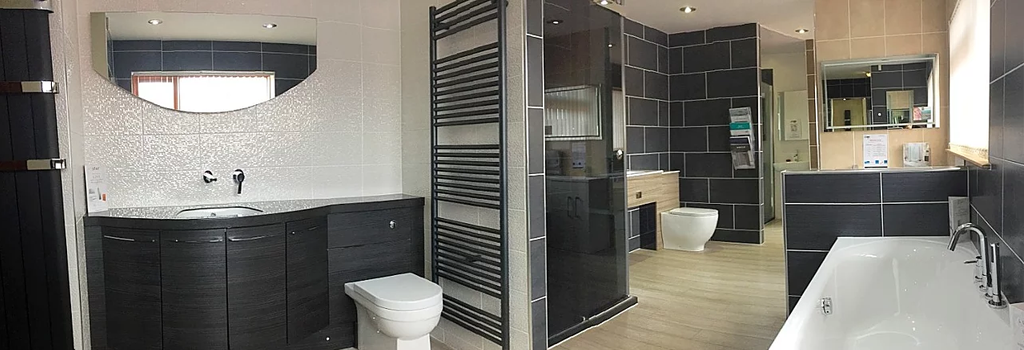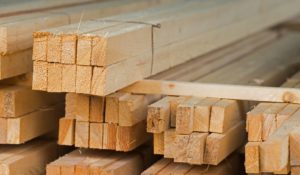When it comes to sourcing top-quality plasterboard in the UK, we understand the importance of reliable suppliers. Our journey led us to explore the best options available, ensuring that our projects meet the highest standards. With a focus on quality, affordability, and timely delivery, we have curated a list of reputable plasterboard suppliers across the UK. Join us as we delve into the historical context of plasterboard usage and discover how these suppliers continue to shape the construction industry today.
Key Takeaways
-
Choose reputable suppliers: When sourcing plasterboard in the UK, opt for established suppliers with a track record of quality products and reliable service.
-
Leverage the benefits: Utilise the advantages of plasterboard, such as its versatility, fire resistance, and acoustic properties, to enhance your construction projects.
-
Select the right type: Understand the different types of plasterboard available, including standard, moisture-resistant, and soundproof variants, to meet specific project requirements effectively.
-
Handle with care: Practice proper handling techniques when working with plasterboard to prevent damage and ensure a smooth installation process.
-
Prioritise safety: Always follow safety guidelines and use appropriate protective gear when cutting, lifting, or fixing plasterboard to avoid accidents and injuries.
-
Seek professional advice: When in doubt about plasterboard selection or installation, consult with experts or professionals for guidance and assistance.
Discovering Plasterboard
Understanding Plasterboard
Plasterboard, also known as drywall or gypsum board, is a versatile building material used in construction projects. It consists of a core of gypsum sandwiched between layers of paper. This provides strength and durability while being lightweight.
Versatility in Construction
We have found that plasterboard is an essential component in various construction projects due to its ease of installation and cost-effectiveness. Its smooth surface allows for easy painting and finishing, making it ideal for interior walls and ceilings.
Applications in Home Improvement
When it comes to home improvement, plasterboard offers endless possibilities. We have witnessed its use in creating partition walls, soundproofing rooms, and even constructing decorative features like shelves and arches. The flexibility of plasterboard makes it a popular choice among homeowners seeking to transform their living spaces.
Benefits of Plasterboard
Cost-Effectiveness
Plasterboard offers affordability as a key advantage, making it a preferred choice for interior design projects. The cost-effectiveness of plasterboard allows us to achieve high-quality finishes without breaking the bank. We can create stylish and modern interiors while staying within budget constraints.
Environmental Benefits
Choosing plasterboard contributes to sustainability in construction. Its environmental benefits stem from being a recyclable material, reducing waste generation during building projects. By opting for plasterboard, we are actively promoting eco-friendly practices and reducing our carbon footprint.
Exploring Types of Plasterboard
Moisture-Resistant
Moisture-resistant plasterboard is ideal for areas prone to dampness, such as bathrooms and kitchens. It prevents water damage and mould growth, ensuring durability in humid environments.
Fire-Resistant
Fire-resistant plasterboard offers crucial protection against fire hazards. It delays the spread of flames, providing valuable time for evacuation in case of emergencies.
Standard vs. Specialist Types
-
Standard Plasterboard: Suitable for general use in dry areas like living rooms and bedrooms.
-
Specialist Plasterboard: Tailored for specific needs like soundproofing or impact resistance in high-traffic areas.
In our home renovation project, we opted for moisture-resistant plasterboard in the bathroom to combat humidity issues effectively. This decision not only ensured the longevity of our walls but also provided peace of mind knowing that our investment was well-protected. When it came to enhancing safety measures, incorporating fire-resistant plasterboards in key areas gave us added reassurance, making our living space a safer environment for all.
Handling Plasterboard
Cutting Techniques
When cutting plasterboard, we must first measure and mark the desired cut line accurately. Using a sharp utility knife, we score the front-facing side of the plasterboard along the marked line. Then, we snap the board along the scored line for a clean cut.
Essential Tools
To handle the plasterboard effectively, we need specific tools such as a utility knife for cutting, a T-square for precise measurements, and a keyhole saw for cutting holes. The utility knife helps in scoring the plasterboard, while the T-square ensures straight cuts.
Cutting Holes
When cutting holes in the plasterboard for outlets or fixtures, we outline the hole’s shape on the board using a pencil. Next, we carefully cut along the outline with a keyhole saw. Ensuring precision is crucial to fit outlets securely into the holes without damaging the surrounding plasterboard.
Final Remarks
After delving into the world of plasterboard, exploring its benefits, types, and how to handle it, we now have a comprehensive understanding of this versatile building material. From its cost-effectiveness to its ease of installation, plasterboard proves to be a valuable asset in construction projects. Remember to choose the right type for your specific needs and handle it with care to ensure a successful outcome.
As you embark on your next project that involves a plasterboard, keep in mind the insights shared here. Whether you are a seasoned builder or a DIY enthusiast, utilising plasterboard efficiently can make a significant difference in your construction endeavours. Let’s apply our newfound knowledge and skills to create spaces that are not only functional but also aesthetically pleasing.
Frequently Asked Questions
What are the key benefits of using plasterboard in construction projects?
Plasterboard offers benefits such as fire resistance, sound insulation, easy installation, and versatility in design. It provides a smooth surface for painting or wallpapering and is cost-effective compared to traditional building materials.
How can I identify the most suitable type of plasterboard for my project?
Consider factors like moisture resistance, acoustic properties, fire rating, and thickness requirements when selecting plasterboard. Consult with suppliers or professionals to determine the best type that meets your specific needs.
Are there any safety precautions to follow when handling plasterboard?
When handling plasterboard, wear appropriate protective gear like gloves and goggles to prevent injuries from sharp edges. Lift and carry boards correctly to avoid strain on your back. Store them in a dry area to maintain their structural integrity.
Can plasterboard be recycled or disposed of sustainably after use?
Plasterboard can be recycled by separating the gypsum core from the paper lining. Many suppliers offer recycling services for used plasterboards. Ensure proper disposal methods are followed to minimise environmental impact and promote sustainability.
How do I find reliable plasterboard suppliers in the UK for my construction project?
To find reputable plasterboard suppliers in the UK, conduct thorough research online, read reviews from previous customers, check certifications for quality assurance, and request quotes from multiple suppliers. Choose a supplier that offers competitive prices without compromising on product quality.





